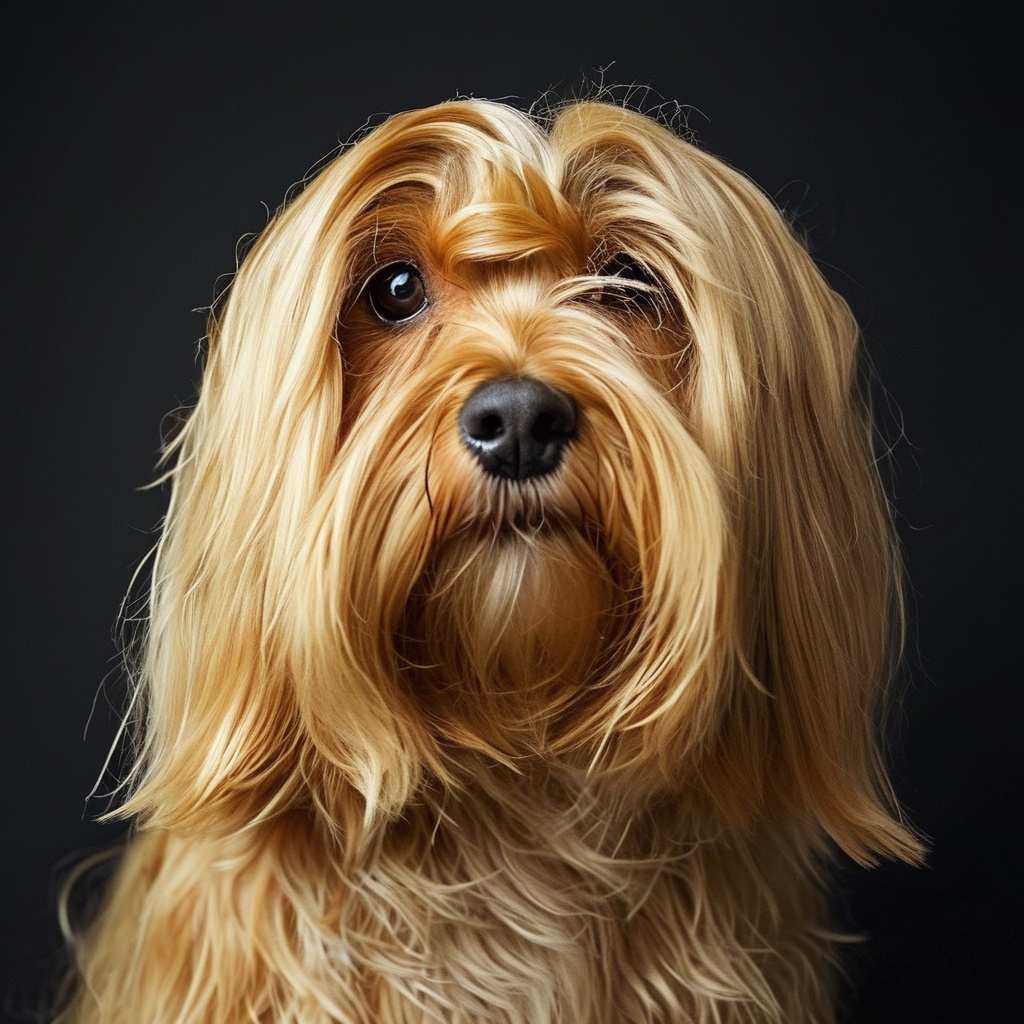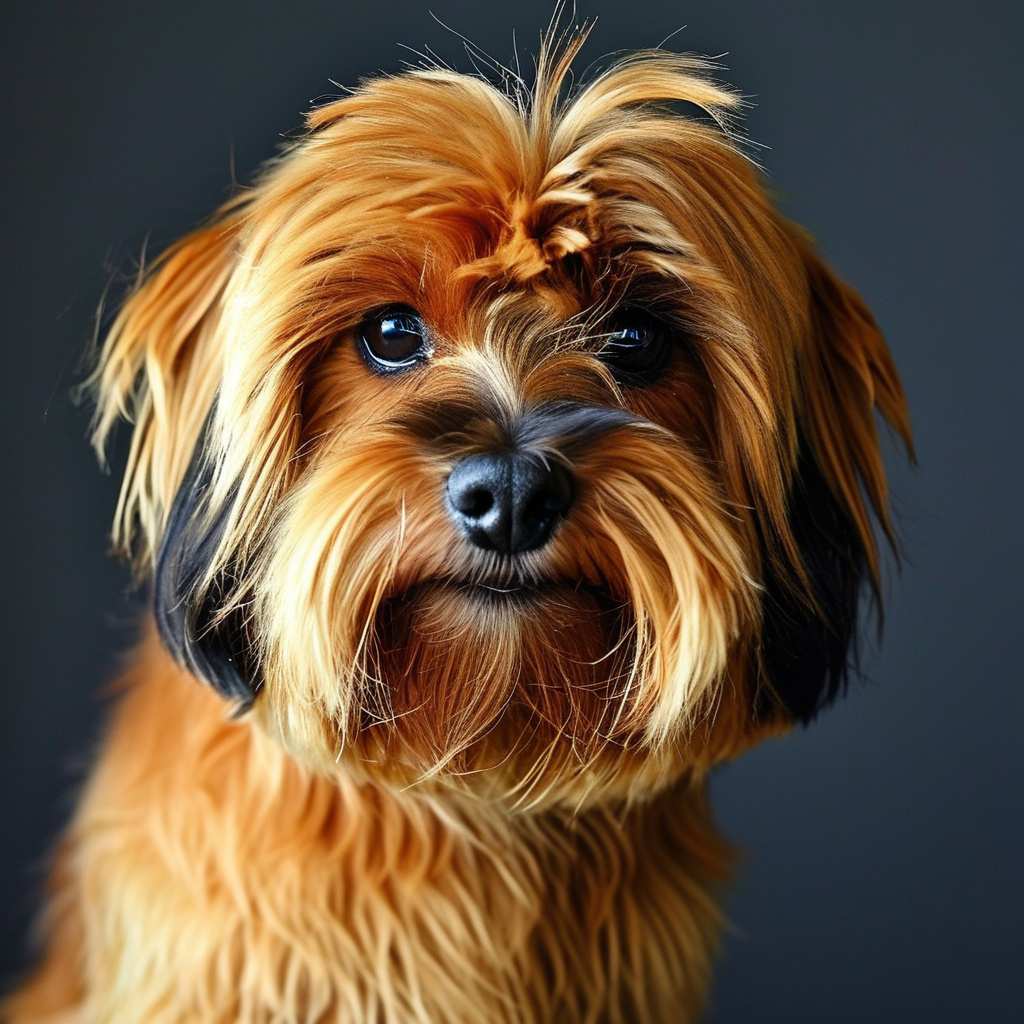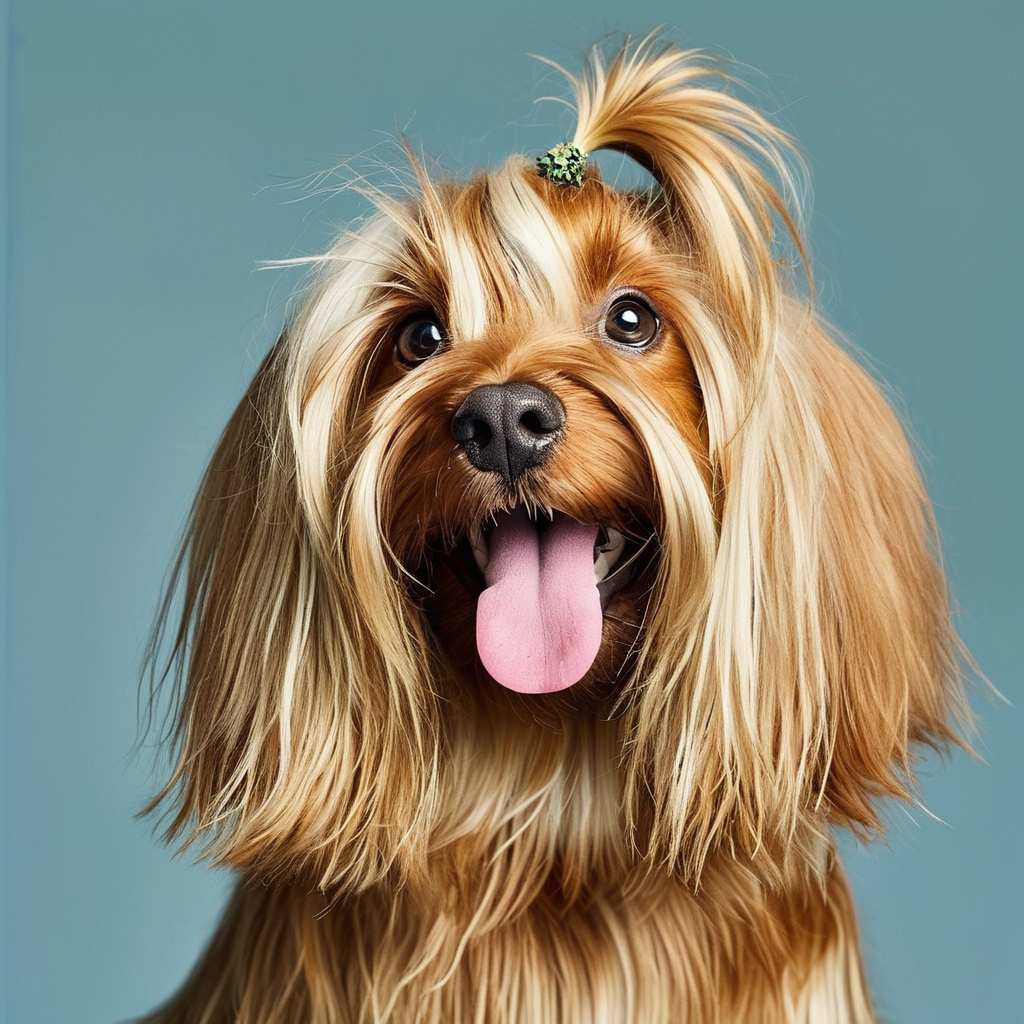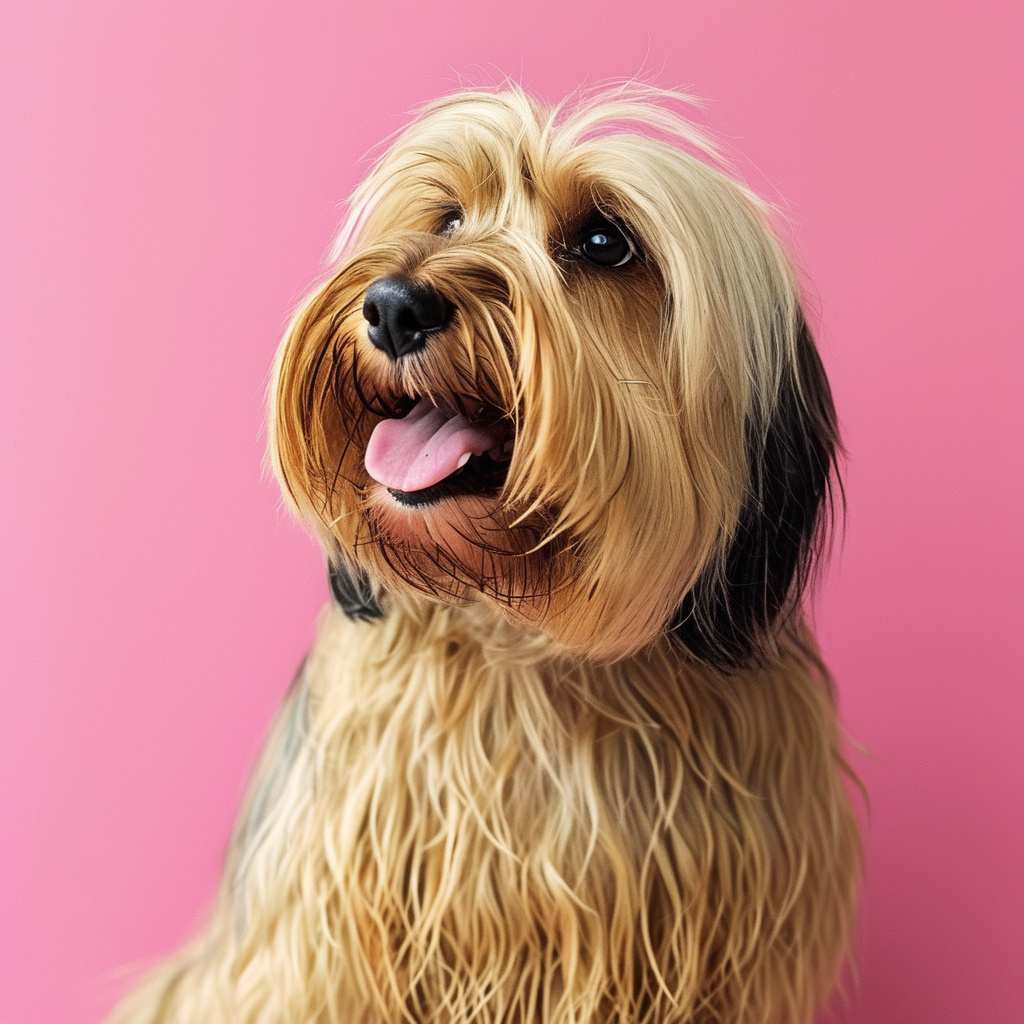 Introduction:
Introduction:
Dealing with dog hair loss is a common struggle for pet owners, especially when shedding becomes excessive during seasonal changes. While shedding is a natural and healthy process for dogs, it can still cause headaches for anyone constantly cleaning fur off furniture, clothes, or even their morning coffee. Shedding varies by breed and coat type, and although you can’t prevent it entirely, there are effective ways to reduce the amount of hair left around your home. This guide will explore the causes of shedding, ways to reduce its intensity, and why proper grooming and nutrition play crucial roles in maintaining your dog’s healthy coat.
How do you reduce your dog’s hair loss? This is a question many dog owners ask themselves as they scoop fur out of their morning coffee or clean their jackets before an important business meeting. Dog shedding is completely natural and cannot be prevented 100% of the time. But there are ways to reduce the amount of dog hair flying around the house!
Related Post: Veterinary Osteopathy: A Holistic Approach to Animal Health and Wellness
Dog hair loss – what causes it?
Shedding is a natural process of hair replacement that adapts to the changing seasons and temperatures. Most commonly, shedding occurs in the spring and fall.
 Nowadays, dogs are kept in heated rooms and are not exposed to long and sudden temperature changes. As a result, the shedding process can take place throughout the year. However, certain periods of increased shedding intensity can be identified throughout the annual cycle, namely spring and fall.
Nowadays, dogs are kept in heated rooms and are not exposed to long and sudden temperature changes. As a result, the shedding process can take place throughout the year. However, certain periods of increased shedding intensity can be identified throughout the annual cycle, namely spring and fall.
Related Post: The Power of Cuddling: Building Bonds Between Humans and Animals
Does the intensity of shedding depend on the breed of the dog?
The intensity of this process is influenced by the breed and coat type of the dog.
The most intensive hair loss occurs in the so-called primitive breeds because their hair has a two-layered structure (a large amount of undercoat).
Long-haired dogs, such as Maltese, shed hair almost imperceptibly. The lack of undercoats makes their shedding look similar to that of humans. However, their hair is very delicate and requires daily grooming.
Shorthaired dogs such as Dobermans and Great Danes are less affected, but their hair loss can be more prolonged.
Won’t my dog lose too much hair?
 If your dog loses a lot of hair with the change of seasons:
If your dog loses a lot of hair with the change of seasons:
Loses a lot of hair
has a dull coat
has visible hair thinning or localized baldness
you should take him to the veterinarian.
Most unusual health symptoms in your pet require consultation with your veterinarian, including hair loss. The reasons for hair loss can range from normal and physiological (natural shedding) to alarming.
Related Post: Understanding Veterinary Diets: Purpose, Benefits, and Proper Usage
For example, excessive hair loss in dogs can be a symptom of disease. It sometimes occurs when there is a deficiency of certain vitamins, minerals, omega-3 and omega-6 fatty acids. It can also indicate endocrine disorders, dermatitis, mycoses, allergies, or the presence of parasites.
 How to reduce hair loss in dogs?
How to reduce hair loss in dogs?
Dog shedding is not only a nuisance for the animal, but also for the owner. Many owners wonder how they can limit their dog’s shedding, especially in the spring and fall when it is at its heaviest. It is important to remember that shedding is a natural process that cannot be eliminated. However, there are ways to reduce the intensity of your dog’s shedding.
Related Post: Catnip and Feline Euphoria: A Closer Look at the Science Behind the Magic Herb
It definitely pays to help your dog by removing dead hairs. Regular grooming is fun and relaxing for both the pet and the owner. It also strengthens the bond and builds trust. All types of brushes are great for removing dead undercoats.
You can also give your dog a bath. Bathing helps remove dead hairs and makes your pet’s skin softer. Just remember to use a special dog shampoo. Canine skin has a completely different pH than human skin. It also has other unique needs that a human shampoo can’t meet.
Healthy and shiny coat? The most important thing is proper nutrition!
The condition of your dog’s coat and skin is, in a way, a reflection of his health. That’s why you should never forget to feed your pet properly. A balanced diet to support coat change should be rich in the following nutrients.
Omega 3 and 6 fatty acids
B vitamins
Zinc
Biotin.
This type of food can be fed throughout the year.
A balanced diet can shorten the period of hair loss and make it less intense. Your dog’s new coat will be shiny, and his skin will be properly moisturized and healthy.
Remember, hair and skin are natural protective barriers for the body. For example, if your dog’s skin is dry, he is more susceptible to various infections.
Conclusion:
While shedding is an inevitable part of dog ownership, it doesn’t have to take over your life. Regular grooming, bathing, and proper nutrition are key to minimizing excess hair loss and ensuring your dog’s coat stays healthy and shiny. Paying attention to your pet’s diet, ensuring it’s rich in essential nutrients like omega-3 and omega-6 fatty acids, can further support skin health and reduce shedding. Always monitor for any unusual hair loss patterns and consult your veterinarian if necessary. With the right care routine, both you and your dog can enjoy a cleaner, more comfortable home environment.
FAQs:
- Why is my dog shedding more in spring and fall?
Dogs typically shed more in the spring and fall to adjust their coats for temperature changes, a natural process tied to the seasons. - Can certain breeds shed more than others?
Yes, breeds with double coats, such as primitive breeds, tend to shed more intensively, while long-haired breeds with no undercoat, like Maltese, shed less noticeably. - How can I reduce my dog’s shedding?
Regular grooming with appropriate brushes, frequent bathing with dog-friendly shampoos, and a balanced diet rich in omega-3 and omega-6 fatty acids can help reduce shedding. - Is excessive hair loss in dogs always normal?
Not always. If your dog shows signs of dull coat, bald spots, or excessive hair loss, it could be a sign of health issues and should be evaluated by a veterinarian. - What nutrients are important for my dog’s coat?
Omega 3 and 6 fatty acids, B vitamins, zinc, and biotin are essential nutrients for maintaining a healthy, shiny coat and reducing shedding. - Can grooming help my dog shed less?
Yes, regular grooming helps remove dead hair and reduces the amount of shedding by managing the undercoat, which can otherwise end up on furniture and clothing. - Does indoor living affect my dog’s shedding?
Yes, since many dogs live in climate-controlled environments, their shedding may not follow strict seasonal patterns and can occur throughout the year.
References:
- American Kennel Club: How to Reduce Dog Shedding
- American Humane: Animal Welfare Information
- VCA Hospitals: Reducing Your Dog’s Shedding
- Humane Society: Tips on Reducing Dog Shedding
- ASPCA: What to Do About Excessive Shedding
- The Spruce Pets: How to Reduce Shedding in Dogs
- PetMD: How to Reduce Dog Shedding